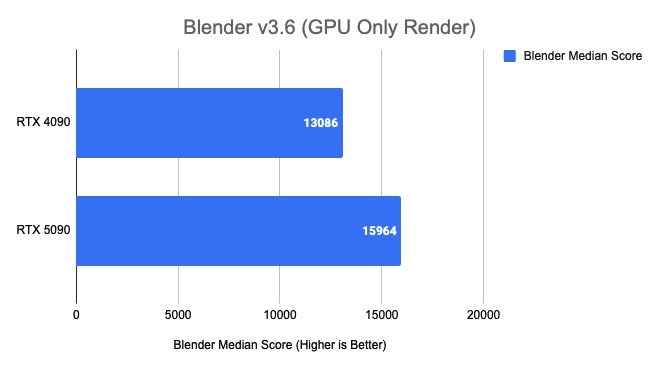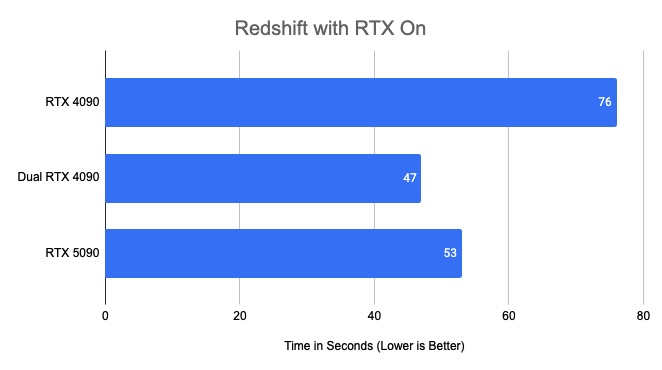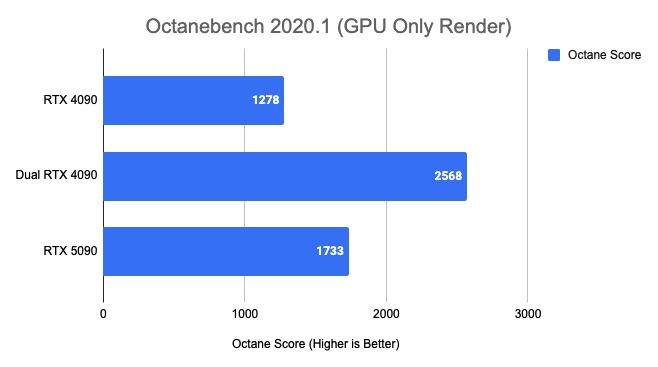Nvidia RTX 5090: Are performance gains worth the wait & cost?
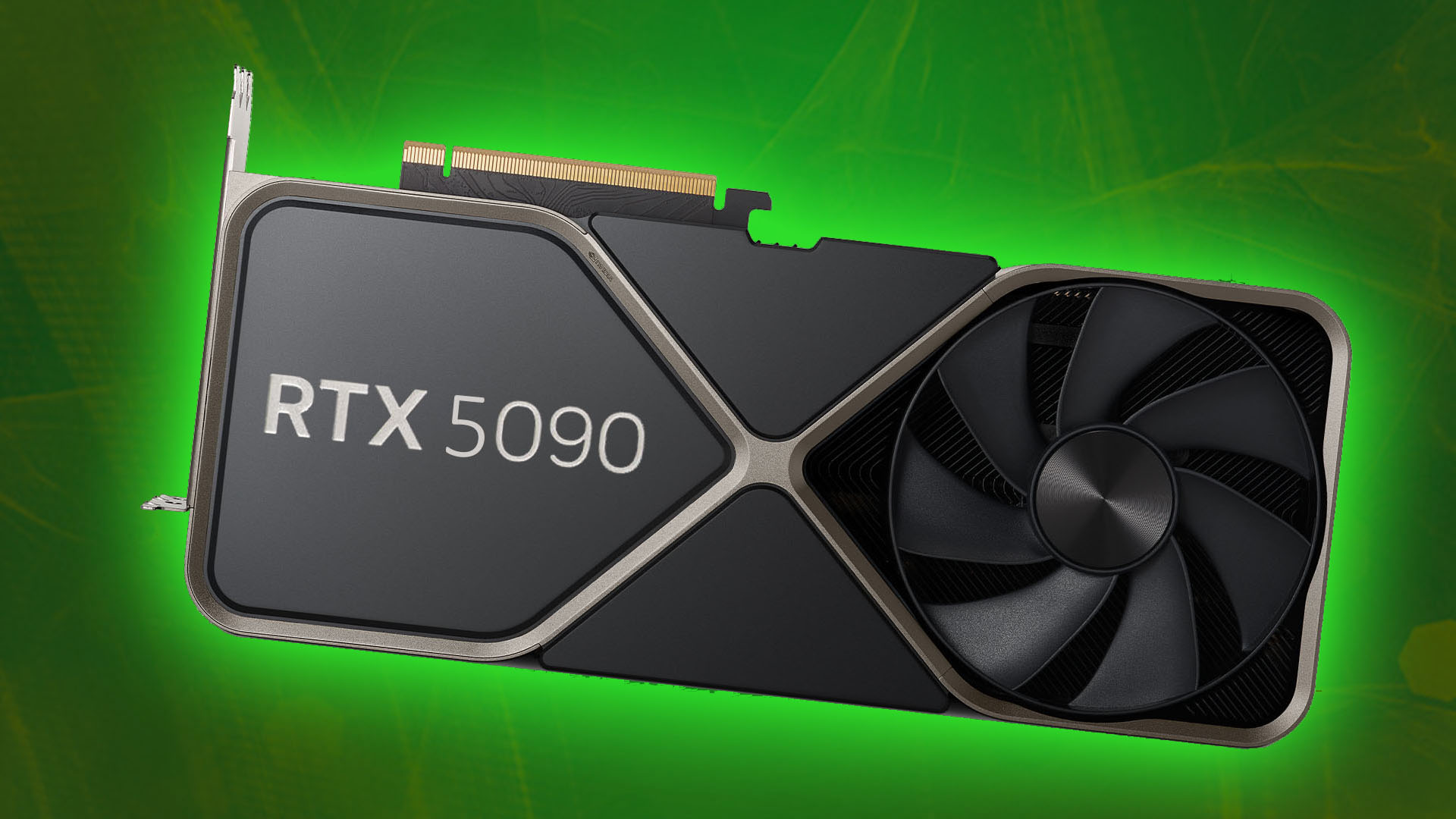
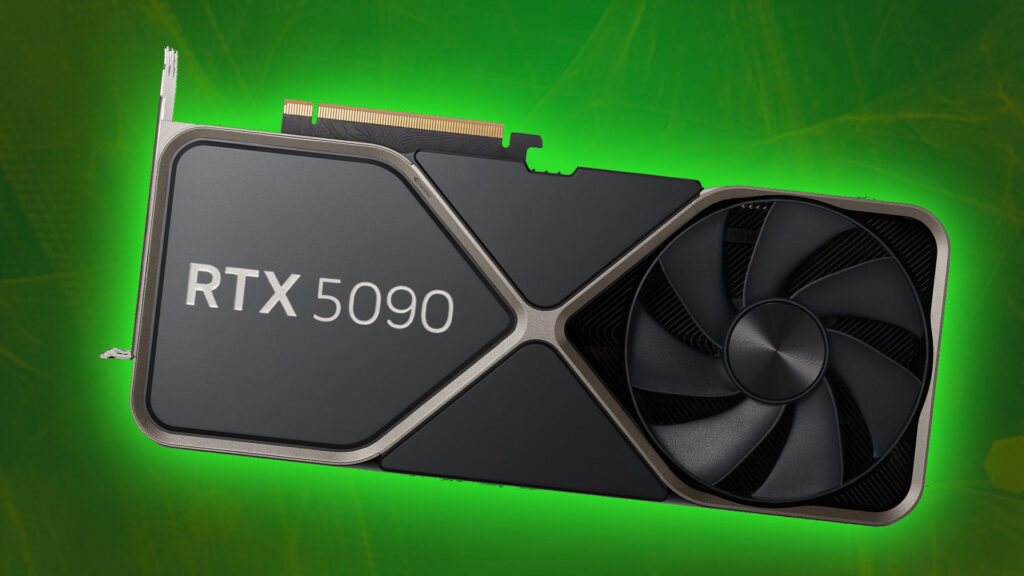
If you’re currently looking to purchase Nvidia’s new RTX 5090 GPU from a traditional distribution source, you’re going to face weeks, maybe months, long lead-times, sporadic/limited availability and prices well above its $1,995 MSRP. If you need one in the short-term be prepared to shell out up-to $5,000 for a single card. But who’s driving this market madness? From what we’ve learned, it may very well be Nvidia themselves.
Due to its performance, reasonable pricing and availability, the RTX 4090 became ubiquitous throughout the Industry. This put a damper on the release of Nvidia’s $7,000-$8,000 RTX 6000 Ada graphics card. Nvidia viewed the 4090 as a ‘gaming’ card and thought that the 6000 Ada would be widely adopted by the ‘professional’ market. Due to the associated high costs alone, this never materialized. As a result, Nvidia abruptly stopped production of the RTX 4090 and let supplies dwindle while holding back on the release of the RTX 5090. Nvidia views the new RTX 5090 as a ‘gaming’ card and they’re not about to make the same mistake twice. By tightly controlling their release in limited quantities, Nvidia is once again looking to drive the ‘professional’ market to their higher priced Ada cards.
Given all the issues surrounding the new 5090’s, we decided to see if the performance gains they offer justify the long lead-times and high costs.
The Nvidia RTX 5000- series graphics cards use a new GPU architecture called “Blackwell,” named after the American statistician and mathematician David Blackwell. The Blackwell architecture offers improved ray-tracing and AI capabilities and offers a host of feature updates. It also features improvements in instructions-per-clock (IPC) over the “Ada Lovelace” architecture used in the prior Gen RTX 4000-series cards. However, no one yet knows exactly how much impact these changes will have.
Nvidia has gone big with the RTX 5090 GPU. They have more than 92 billion transistors and roughly 33% more shaders than the 4090. The 5090 also has a wider 512-bit memory interface which connects to 32GB of GDDR7 RAM. The enormous 3.5-slot card is also quite power hungry – drawing up-to 575 watts thus requiring a minimum 1000W or higher power supply for optimal performance.
This is all great news on the performance front but are the long lead-times, sporadic availability and sky-high price tag worth it? We thought we’d run some benchmark tests to find out. Here’s what we found:
For single GPU testing we saw an 18% performance gain with Blender and V-Ray and as expected, a 26% to 30% increase with dedicated GPU render apps Octane and RedShift. These tests also show that if you’ve already made an investment in RTX 4090’s, you may want to consider using a dual GPU configurations until the the availability and price issues surrounding the 5090 get resolved. But don’t hold your breath… the situation isn’t likely to change anytime soon.

